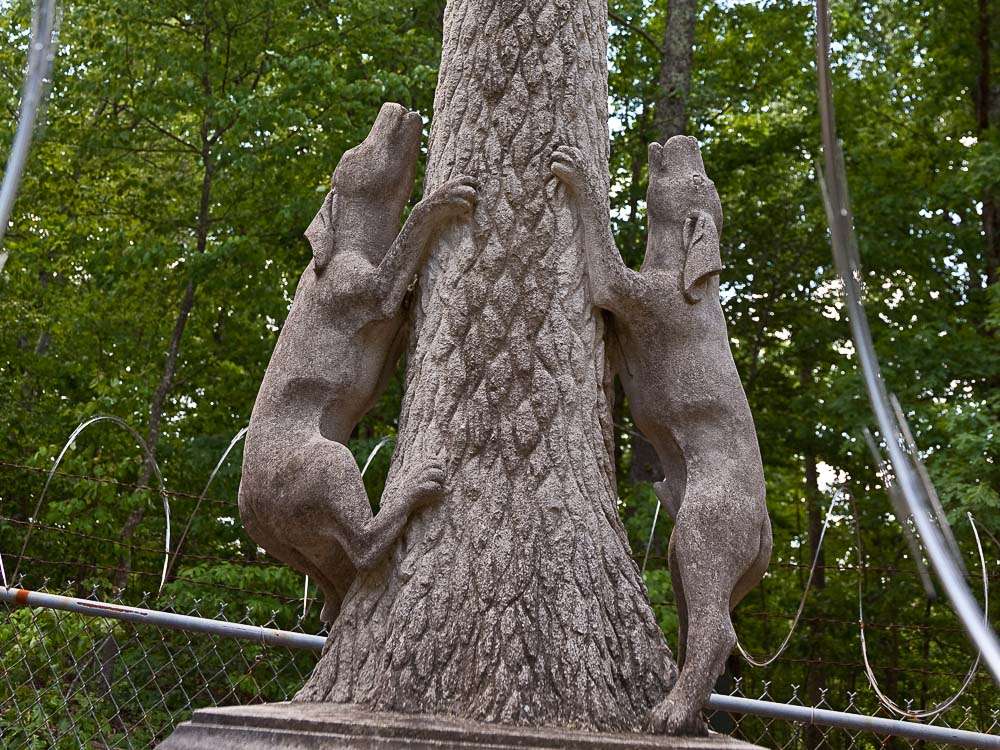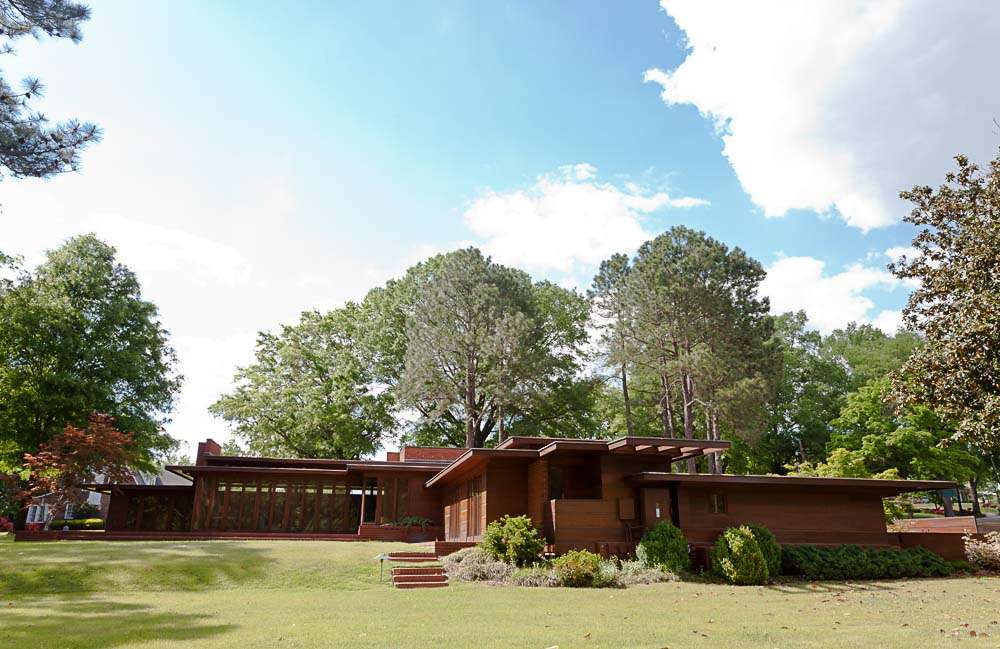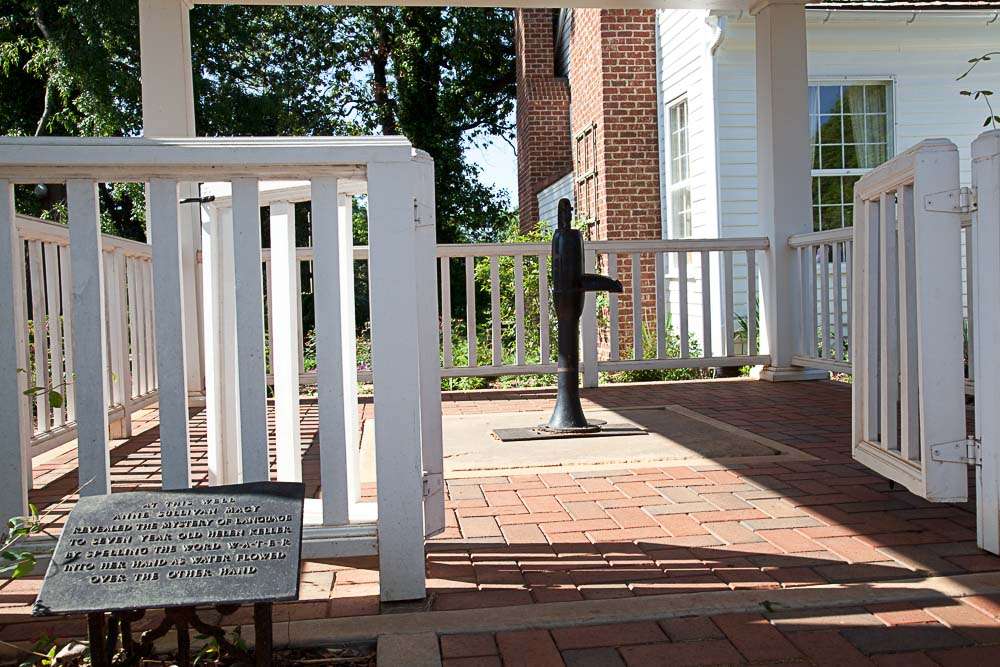In a small, grassy meadow, deep in the rich, thick wilderness of Freedom Hills, Key Underwood sadly buried his faithful coondog, …
Rosenbaum House
Architecture critic Peter Blake wrote in 1960 that “during the 1930s, Wright built four structures of a beauty unexcelled in …
Natchez Trace
For over 8,000 years, this timeworn path has felt the tread of travelers. Buffalo and other wildlife were first to wind their way …
Helen Keller Home
Trapped in a dark, soundless world after a childhood illness left her blind and deaf, Helen Keller saw the potential in her own …




